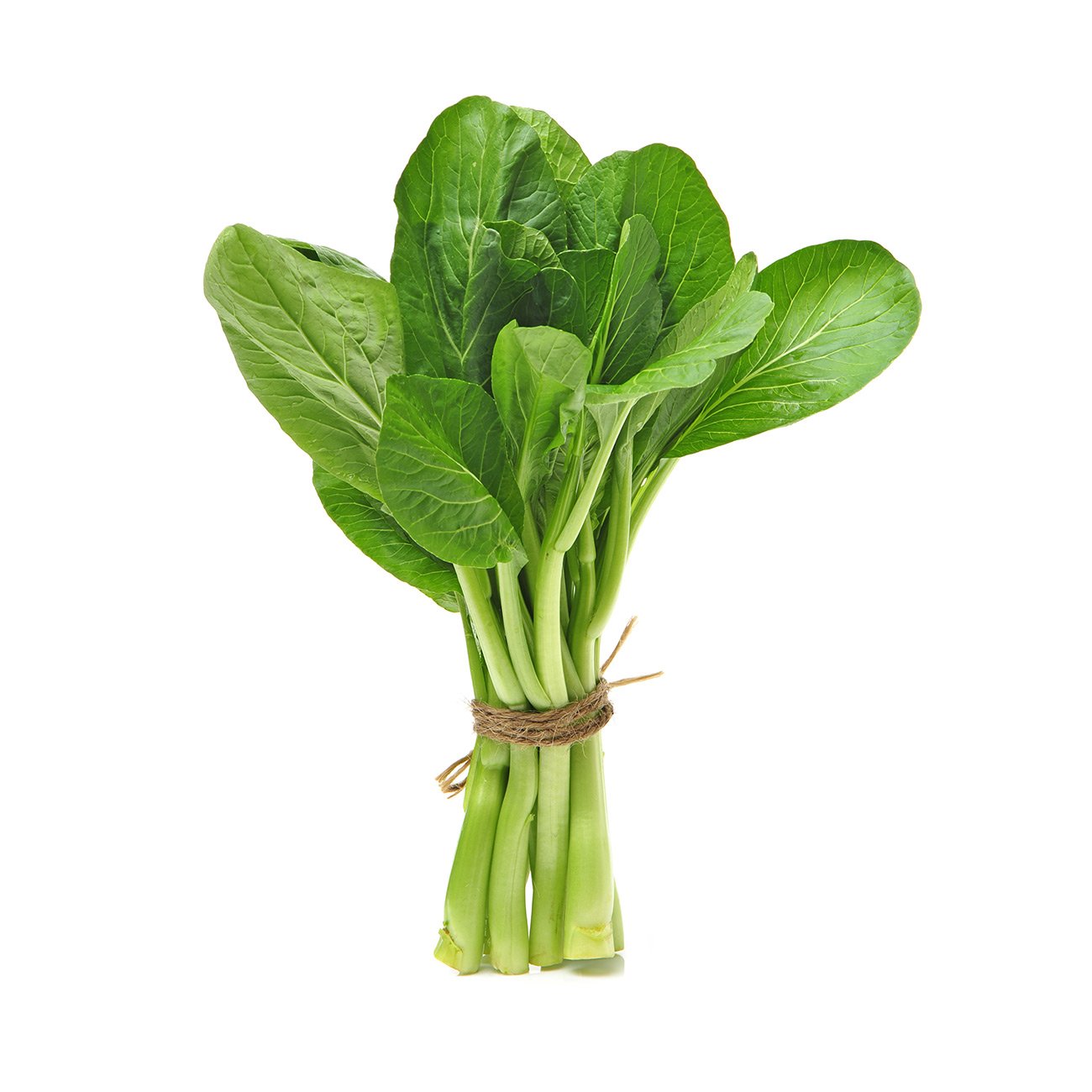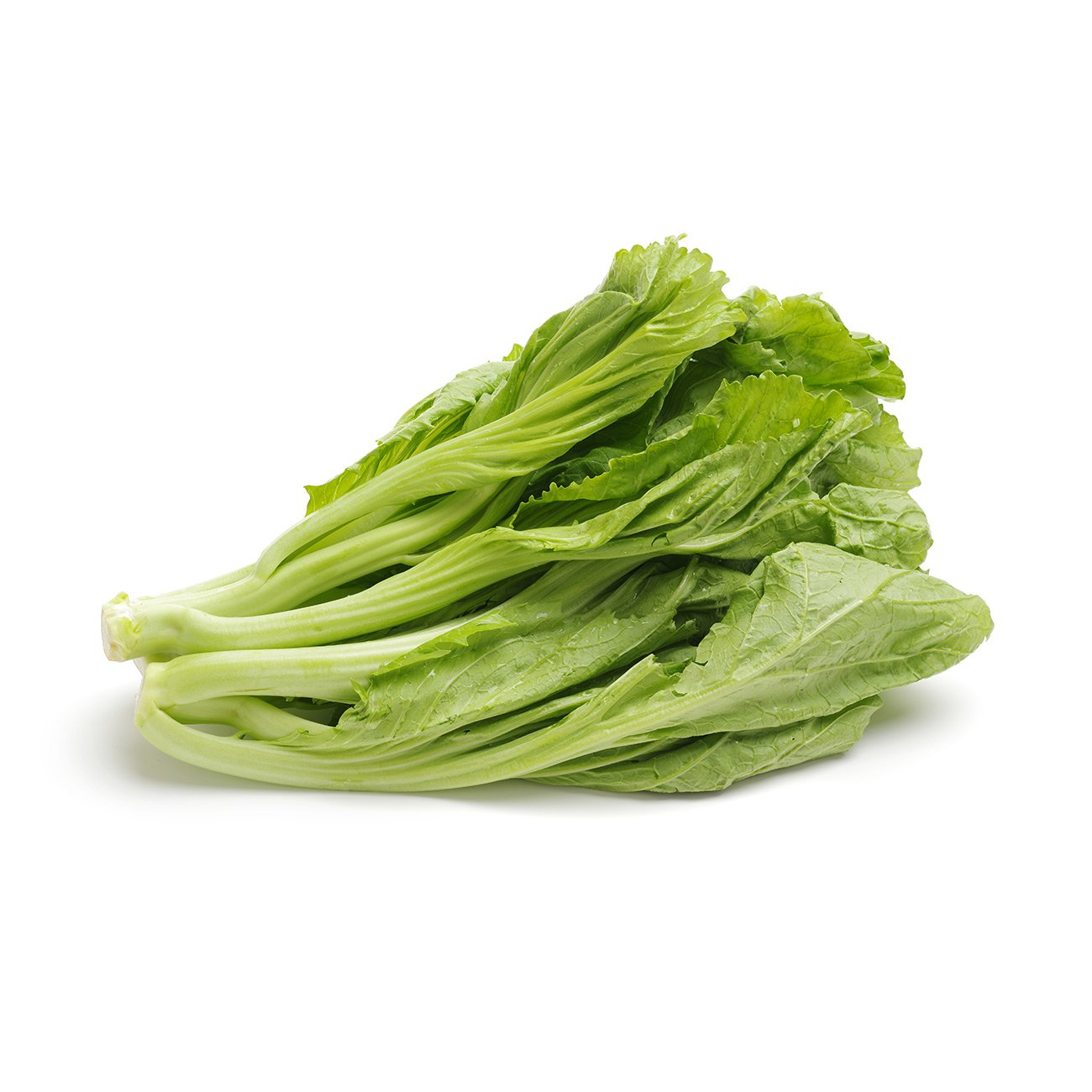Broccoli, Chinese
Best served with a bit of garlic, ginger and soy.
Alternative Name
Chinese kale, gai lan, kai lan
Scientific Name
Brassica rapa (albriglabra group)
Health benefits
Chinese broccoli has thick, glossy stalks, large blue-green leaves and small edible yellow flowers. The flavour is similar to broccoli, but it is quicker to cook as it is less dense. Chinese broccoli can be used as a substitute for regular broccoli in many dishes. This vegetable is a member of the brassica—or cabbage—family, also known as a cruciferous vegetable.
-
Harvesting
Chinese broccoli has tender green flower stems with buds that become white flowers. The leaves are dark green and are covered with a white haze due to cuticle and wax development. Different varieties vary in stem length and colour.Postharvest storage temperature
Chinese broccoli is best maintained at 0°C, which gives a shelf life of 21 days. Storage at 5°C maintain marketable quality for 7–14 days.Controlled atmosphere storage
Brassica vegetables respond well to modified atmospheres. In storage, minimise air circulation to limit water loss, remove excess carbon dioxide and maintain oxygen levels.Ethylene sensitivity
Avoid ethylene exposure as it decreases the shelf life of all green, leafy vegetables, although varieties differ in sensitivity.Humidity storage
Store at 95–100% relative humidity.Disease & infection
Bacterial decay can arise from various soft rot causing organisms, but more often from physical injury. Less common are fungal pathogens, which occur under rainy and cool growing conditions. -
Do not peel. Keep in vegetable drawer of fridge.

You might also like
Veggy tip
Serve Chinese broccoli with a dash of tamari or soy, or drizzle with oyster sauce and sprinkle with sesame seeds. Also try drizzling with hummus thinned down using lemon or lime juice.



